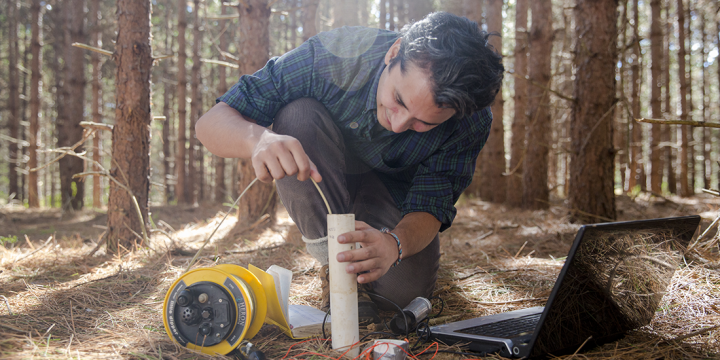Project Number:
WR17R002
Funding Year:
2018
Contract Period:
7/1/2017 - 6/30/2019
Funding Source:
UWS
Investigator(s):
PIs:- Steven Loheide, UW-Madison
Abstract:
Depletion of groundwater resources is a global scale problem. The availability of groundwater resources are changing due to compounding drivers including climate-induced recharge variability, pumping for irrigation, industrial, and domestic uses, and direct and indirect use of water to support ecosystems. The interplay among climate, human groundwater use, and vegetative groundwater use is more often studied and widely acknowledged in arid and semi-arid environments. However, groundwater use by forests in wetter, temperate environments, such as in Wisconsin, is widely under recognized and groundwater-forest interactions in the context of climate variability and human water use are unknown in temperate systems. This research proposes that WI trees in areas of shallow groundwater are often unrecognized groundwater users and we plan to detect, quantify, and evaluate the extent to which trees use, and have historically used, groundwater in two sandy areas of WI. We hypothesize that the sandy soils in the WI Central Sands and in the Northern Highlands regions do not retain sufficient moisture to fully meet transpiration demand during times of drought and as a result temperate forests use measurable quantities of shallow groundwater when accessible to buffer against adverse impacts including reduced growth. Further, we propose that trees can be used as hydrologic sensors and tree growth will show transitions in groundwater influence (i.e. groundwater use) due to historic changes in pumping and/or drought effects on the water table regime. To test these hypotheses, we will use diurnal water table fluctuations to quantify current groundwater consumption in forests and relative tree ring chronologies to infer historic groundwater use and levels. Our outreach plan includes dissemination of our datasets and results to a broad array of stakeholders including researchers, forest and water resource managers, farmers, and the public.

